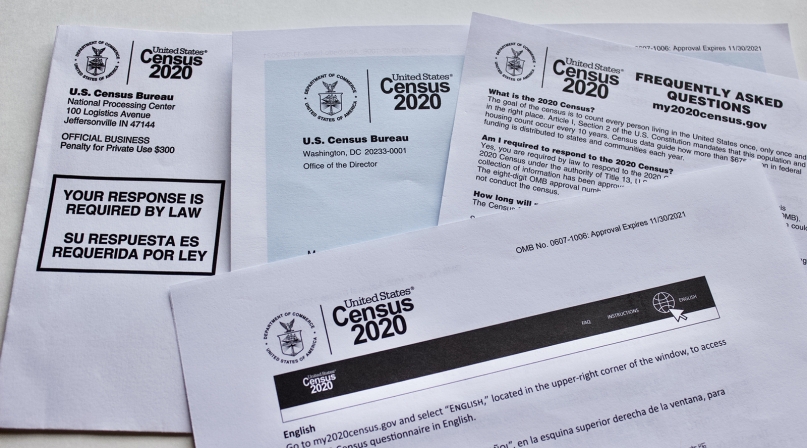U.S. Census Bureau releases 2020 Census apportionment data

Key Takeaways
On April 26, the U.S. Census Bureau released the apportionment data based on the 2020 Census count. This apportionment data, based on resident population counts across the country, is used to distribute the 435 seats of the U.S House among the 50 states. The apportionment data directly correlates to the responsibilities of state and local governments in the decennial census as we must complete redistricting maps based on the 2020 Census data prior to the 2022 election cycle. Recent legislation was introduced that would extend the deadline for the Census Bureau to deliver redistricting data to states and localities to September 30, 2021.
Census Bureau operations have been significantly delayed by the COVID-19 pandemic. With significant delays in field operations and limited personnel due to the public health crisis, counties applaud and support the Bureau’s efforts to provide a complete and accurate count. Census results inform nearly a trillion dollars of annually appropriated federal funding for essential services that are often administered by counties. It also determines redistricting which could impact counties as we work to redraw the boundaries of congressional and legislative districts. Below are the changes to the U.S. House based on the 2020 Census:
State(s) gaining 2 seats: Texas
State(s) gaining 1 seat: Colorado, Florida, Montana, North Carolina, Oregon
State (s) losing 1 seat: California, Illinois, Michigan, New York, Ohio, Pennsylvania, West Virginia
Counties support an accurate and fair census count, which impacts almost a trillion dollars in federal funding for social programs as well as political representation. NACo will continue to monitor Census updates and will keep members apprised of any new developments.
Resource
Everyone Counts: How 2020 Census Data Matter to Your Bottom Line

Related News

U.S. House passes minibus funding package
U.S. House and Senate appropriators introduced a “minibus” appropriations package containing Fiscal Year (FY) 2025 Interior-Environment, Commerce-Justice-Science and Energy-Water spending bills.

County Countdown – Dec. 15, 2025
Every other week, NACo's County Countdown reviews top federal policy advocacy items with an eye towards counties and the intergovernmental partnership.

County Countdown – Dec. 1, 2025
Every other week, NACo's County Countdown reviews top federal policy advocacy items with an eye towards counties and the intergovernmental partnership.
